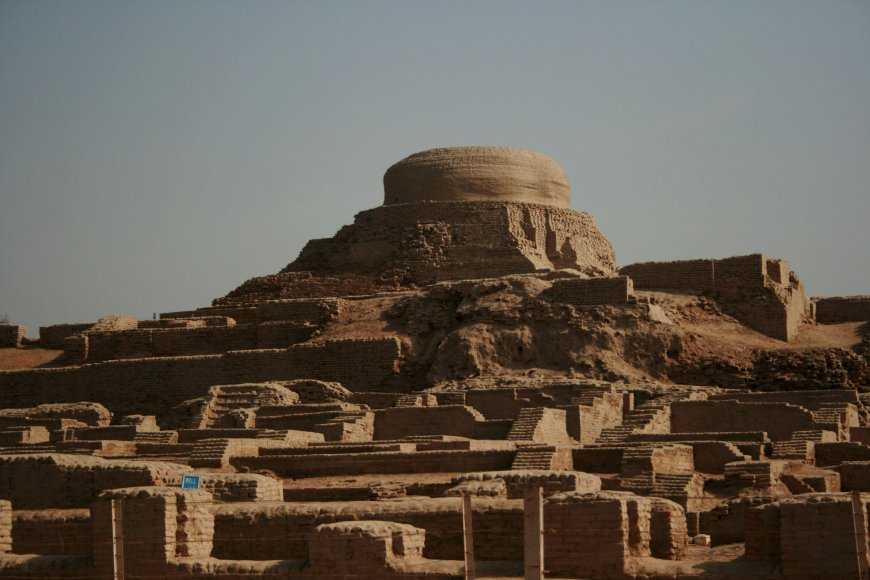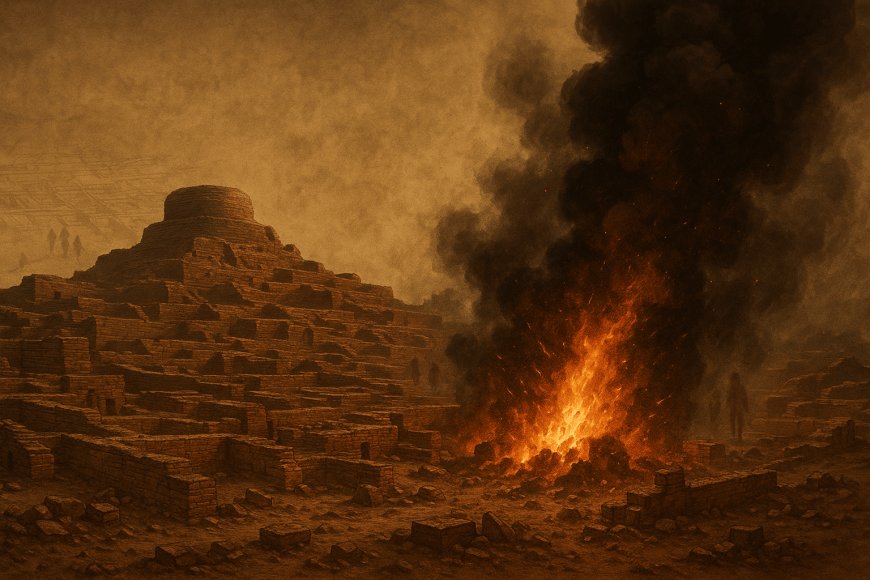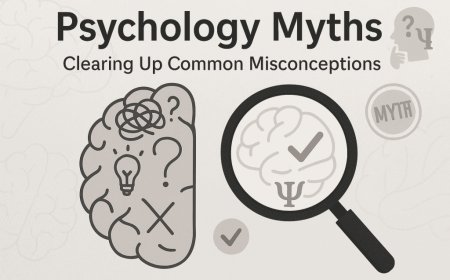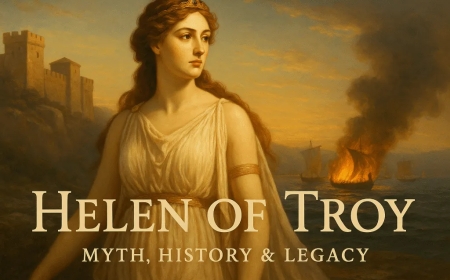How Was Mohenjo-Daro Destroyed? Ancient City Mystery
Discover the mystery of how Mohenjo-Daro was destroyed. Explore theories of floods, earthquakes, and sudden disasters that led to the fall of this ancient Indus Valley city. Learn about Mohan Gendaro dead people, archaeological evidence, and step-by-step findings behind its abandonment.

Table of Contents
-
Introduction
Mohenjo-daro is an archeological site of one of the largest Indus Valley cities, which thrived around 2000 BCE. Mohenjo-Daro, one of the earliest civilizations, situated in Sindh, Pakistan, on the west bank of the lower Indus River also one of the world’s earliest major urban settlements, contemporaneous with the civilizations of ancient Egypt, Mesopotamia, Minoa (Crete) and Norte Chico. Modern name for the site, has been variously interpreted as “Mound of the Dead Men” in Sindhi, and as “Mound of Mohan” (where Mohan is Krishna).
The city’s original name is unknown also featured some things in common such as covered sewerage systems, uniform bricks, etc. Moreover, the renowned Mountain City also had a “Great Bath,” a modern bathing system. Some well-known artifacts found in Mohenjo-Daro include the Priest-King and the Dancing Girl. This civilization was destroyed in the 19 th century BCE, and it was discovered in almost the 1920s.
Mohenjo-Daro, however, has limited historical documentation; therefore, most of what we do know about this ancient city is based on archaeological findings.The well-preserved city infrastructure provides a glimpse of the urban planning and engineering skills of its inhabitants.
-
Location
Mohenjo-daro city 2 miles (3 km) from the Indus valley, from which it seems to have been protected, in antiquity as today, by artificial barriers, was laid out with remarkable regularity into something like a dozen blocks, or “islands,” each about 1,260 feet (384 metres) from north to south and 750 feet (228 metres) from east to west subdivided by straight or doglegged lanes.
Mohenjo-daro is Located west of the Indus River in Larkana District, Sindh, Pakistan, in a central position between the Indus River and the Ghaggar-Hakra River. It is sited on a Pleistocene ridge in the middle of the flood plain of the Indus River Valley, around 28 kilometres from the town of Larkana.
-
How Was Mohenjo Daro City Destroyed: The Ancient Context

Image Generator by AI Appreciating the City’s Remarkable Features
Mohenjo Daro, which is referred to as ‘Mound of the Dead’ in Sindhi, flourished between 2500 and 1900 BCE. The city had a grid pattern, evaporation basins, and sophisticated drainage systems. One of the most impressive structures at Mohenjo-Daro is the Great Bath, considered one of the earliest examples of public bathing in the ancient world.
The Bath was lined with bricks and had a sophisticated water drainage and storage system, indicating a high level of technical skill and urban planning (Iqbal, 2021). City’s discovery in the 1920s changed the perceptions of archaeologists as it demonstrated that early civilization had the capability to construct sophisticated and advanced cities. You can learn more about the excavations in International Heritage Site’s overview.
There are beads made of gold, silver, and valuable stones in the jewelry discovered at the site, indicating that the people of Mohenjo-Daro had a sophisticated trade network
Evidence of Abandonment In The City
While excavators were digging deep, they came across layers of ash together with collapsed bricks. The human remains discovered lacked evidence of orderly departure.That contrast raises the question: how was mohenjo‑daro destroyed so abruptly?
Interestingly, another ancient city faced a mysterious end as well when was pompeii destroyed?
Possible Causes in Narrative Style
Natural Disaster Devastating Earth Quakes and Rivers
- Flooding: The location of the city near the Indus River placed it at risk of inundation during the seasonal monsoonal floods. The body of silt found in archeological layers suggests an overflowing and immense flood.
- Earthquakes: Ancient writings alongside current seismic studies indicate fault lines lying under the region. The aftermath of an earthquake would be the destruction of buildings alongside the chaos of cut off water supplies.
Anecdote: One story that stands out is the one of the worker unclogging the drains. The worker noticed wall fragments within the drains as if people sprinted out during a task. This thought humanized the catastrophe.
Human Conflict : Was There Warfare?
Due to the absence of weapons and advance things and other historically relevant artifacts, there has been immense speculation to the cause of destruction: walls breached and burnt houses. Internal conflict alongside social strife could have been the root cause for the devastation of the city. Some theories point toward the cultural disruption of the Aryan migrations. Nevertheless, it does remain a mystery as no clear or ‘fist-like’ weapons or arrowheads have been excavated.
Climate Change & Decline
The changing course of the Indus River may have been caused by a shift in climate over the centuries. Mohenjo-Daro encountered resource shortages as water sources diminished and farming ceased. People may have needed to relocate slowly. However, the different levels of destruction that can be observed at a specific location does not support this theory. so climate change may have contributed over time, then a final shock finished the city off.
Invasion or Conflict:
Evidence: Archaeological evidence of violent destruction is minimal. Some scholars suggest that there perhaps were conflicts with neighboring communities or internal strife, but this remains conjecture.
Impact: If indeed conflict came about or an invasion into the city took place it probably contributed to the decline, though evidence of this has yet to actually surface.
Epidemic or Disease:
Evidence: No primary evidence is available for the epidemic or outbreak of diseases at Mohenjo-Daro, but with such evidence, many things can be proved that will show their impact on declination of population.
Effects: The epidemic outbreak might have weakened the population and resulted in disruption of trade and agriculture prospects, indicating a worst-case condition of the city”
Natural Calamity :
Evidence: The area is located in a seismically prone area, and past seismic activities are recorded in the region. Some theories state that natural disasters, including earthquakes, might have added to the lost city’s decline.
Effects: Structural damages would have occurred in buildings, including messing up the drainage system; living conditions would have generally declined.
How Was Mohenjo‑Daro Destroyed: The Most Likely Scenarios
Combined Theory: Nature + Human Stress
Today, most scholars support a multi‑factor model
- A devastating earthquake .
- Flooding followed, washing ash and silt throughout the city.
- Social instability ensued: weakened governance, resource scarcity.
- Trade Issue: According to some historians, Mesopotamia’s commercial partner was Mohenjo-Daro. Mesopotamia’s political unrest led to the suspension of trade with Mohenjo-Daro. Trading at the period involved the intermediate exchange of goods. This was yet another factor in Mohenjo-Daro’s devastation.
- Change of Geography: A lot of People think that the collapse of civilization was also caused by a shift in geography. The course of the Indus River had altered as a result of alterations in the earth’s crust. Many cities during the time were located next to rivers. Being near water sources was the primary factor in the development of any civilization.
-
FAQs
Q1: Is the cause of destruction confirmed?
No. It remains debated. But evidence supports a combined natural‑plus‑social crisis model that is both plausible and compelling.
Q2: Were the people killed instantly?
Not all. Some escaped. But many skeletons with trauma remain where they fell—suggesting sudden events overwhelmed them.
Q3: How does flooding differ from slow decline?
Flooding leaves layers of silt and debris we see them in the excavation. Decline leaves abandoned but intact buildings, not ash‑filled ruins.
Q4: What’s the value of this product?
Whether it’s a guide, extended essay, or replica, it immerses you in the world of Mohenjo‑Daro—with step‑by‑step explanations, narrative insight, and archaeological precision.
Q5: Why is Mohenjo-Daro called the “Mound of the Dead”?
The city earned this name due to the mysterious circumstances of its decline and the discovery of skeletal remains, adding an element of intrigue to its history.
What's Your Reaction?
 Like
1
Like
1
 Dislike
0
Dislike
0
 Love
1
Love
1
 Funny
0
Funny
0
 Angry
0
Angry
0
 Sad
0
Sad
0
 Wow
0
Wow
0



















